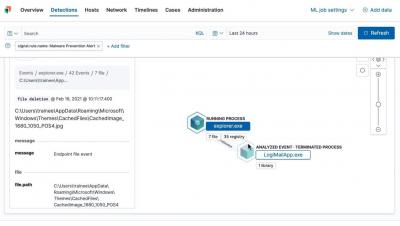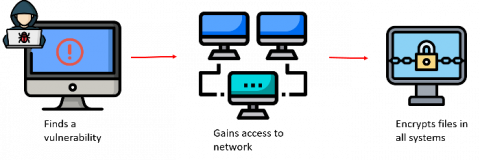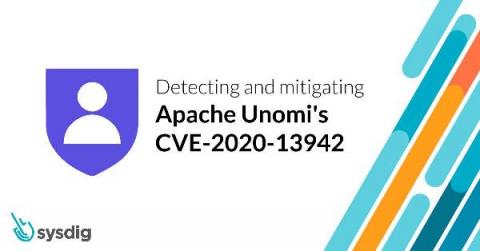Integrate certificate life cycle management with enterprise MDM and boost your mobile ecosystem security
A huge portion of today’s corporate network is made up of mobile endpoints, such as laptops, tablet computers, and mobile phones. These are domain-joined and non-domain devices that require access to corporate assets to carry out everyday operations.











